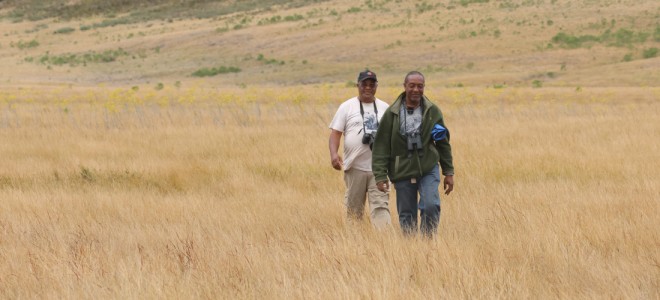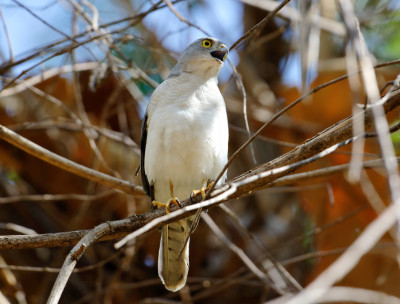Many of the species we work to conserve in Madagascar are located only in very specific areas and/or have very small population sizes, which means monitoring populations is crucial.
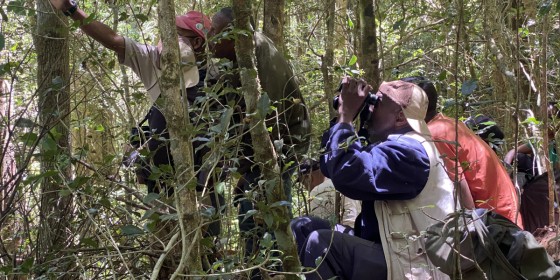
Evan Buechley
Our Solutions
Surveys & Tracking
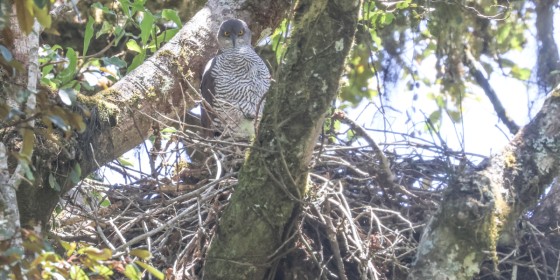
Evan Buechley
Our Solutions
Nest Monitoring
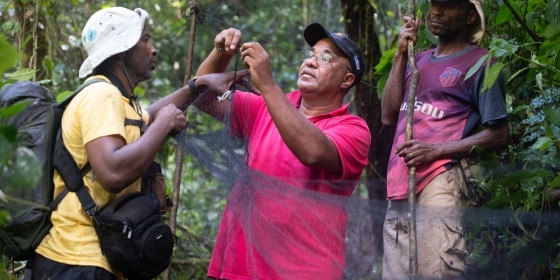
John C. Mittermeier
Our Solutions
Genetic Sampling
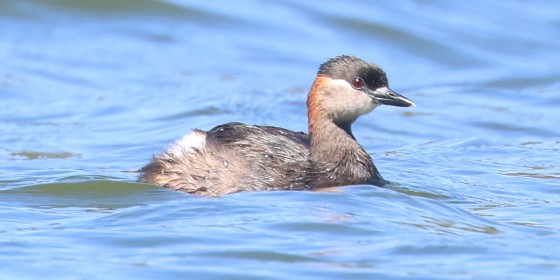
Evan Buechley
Our Solutions
Managing Populations
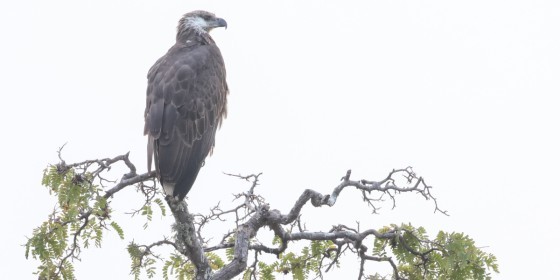
Evan Buechley
Our Solutions
